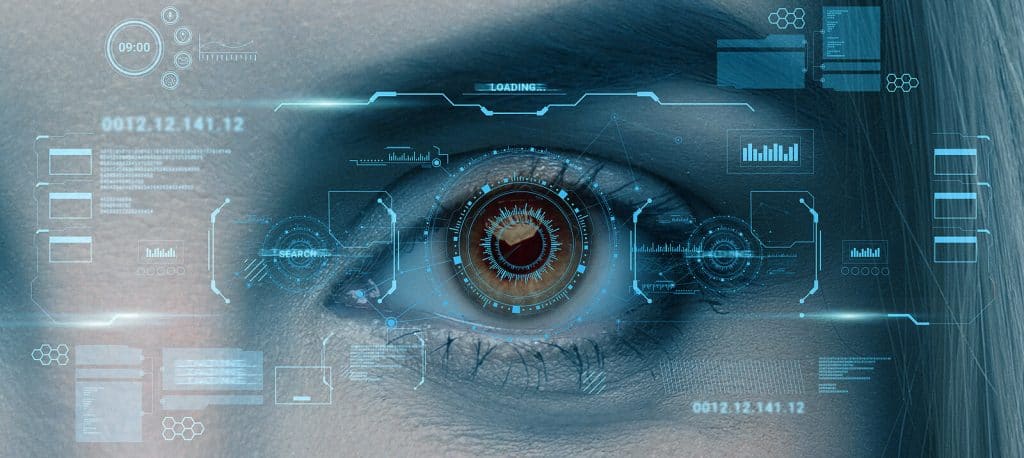Learn about use cases for biometric authentication in this primer.
Table of Contents
ToggleWhen it comes to customer satisfaction, what moves the needle the most? While product quality, user experience, and discounts all play a significant role, customer support experience often tends to be the most defining factor.
Streamlining customer experience during a support call and making it seamless for the caller is a crucial step toward improving satisfaction.
However, often, customers tend to waste an inordinate amount of time authenticating themselves in a phone call or chat before they can even reach a human on the other side. Answering questions like ‘What is your mother’s maiden name’, or ‘What is your favorite city’ are often easily hacked – which means it is not too difficult for an impersonator to transact on your behalf.
Biometric authentication is an effective way to make customer support more seamless. It allows customers to authenticate themselves securely and quickly while talking to a call center agent or online over live chat.
This has also become a relatively cheap technology that even small and medium-sized businesses can afford in the past decade.
Types of biometric authentication
There are many different ways to biometrically authenticate an individual. The most popular way to do this is with fingerprint scanning and facial recognition, and modern smartphones come with built-in tools to enable both these authentication methods.
These methods, along with iris scanning, are considered physical techniques since they use a person’s physical traits to authenticate them.
In addition to this, you may also use someone’s behavioral traits, including their voice, handwriting, and walking style, to authenticate them.
Each of these methods carries its own pros and cons. Voice biometric authentication, for instance, is ideal for customer support. However, even a mild cold or cough could make it difficult for an algorithm to authenticate the caller.
Similarly, injuries could make authenticating an individual via fingerprint or face difficult.
The best way forward is to offer your caller multiple ways to authenticate themselves when it comes to customer support. This way, they avoid getting into a call loop with no way to resolve their issues.
Integrating biometric authentication into a customer support channel
Businesses rarely use legacy PBX systems to manage their customer support. Today, almost all businesses use cloud-based call center software applications to run their customer support. Not only is it cheaper and highly scalable, but it also makes it possible for a business to have their best agents log in from any part of the country or the world. This is especially useful for businesses running a 24×7 call center operation.
A big advantage of such cloud-based applications is that they can be easily customized with third-party integration. For example, a business may integrate its customer support system with a third-party tool offering voice recognition software to authenticate its callers. APIs and webhooks make it a relatively simple affair to incorporate AI tools that can authenticate behavioral traits, including voice, quite effectively.
In fact, a business could use multiple applications to run their different customer support channels – like a call center and live chat support, and uniquely authenticate customers across these different platforms using the same backend technology.
Use Cases & Examples
There are two primary use-cases for biometric authentication in customer support – External and Internal communication.
Authenticating an external call is relatively straightforward – your business may need to authenticate an individual calling your call center to process their request securely.
But in addition to this, your organization may also need to authenticate internal communication. This is especially important when your agents log in remotely, and you will need to make sure that the person representing your organization is indeed whom you hired for the job.
While a lot of organizations use two-factor authentication tools like security tokens, the truth is that they can be easily manipulated in a remote work setting. Biometrics is a more effective way to protect your organization’s assets from impersonators.
Take the example of a call center agent logging in from home to either attend to customer calls. Given the lack of supervision, it is always easy for such an agent to log off midway through their shift and let a family member take over. Regular authentication methods may not work since it’s wilfully done on their part.
Voice-based biometrics that periodically assesses their speech can help authenticate the agent without any active effort on their part.
The future for biometrics in customer support
In the aftermath of the Covid pandemic, there is only going to be a rise in remote working and online shopping. Both these point to a world where biometrics is necessary to authenticate both the customer and the agent. As such, we are going to witness this technology proliferate a lot more than what we have seen in the past many years.





